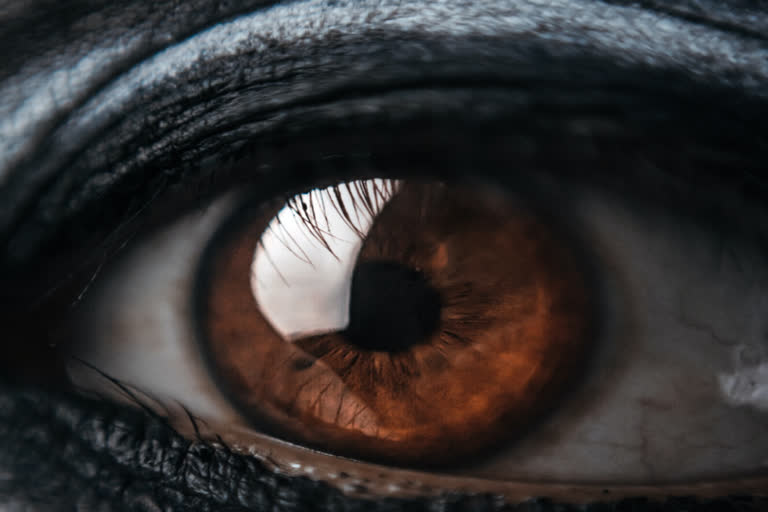Washington,Study may advance understanding of eye diseases involving retina.To understand how we see the world and how diseases such as age-related mascular degeneration and glaucoma impair vision, scientists need to understand how the retina communicates vision signals to the brain.
Previously, researchers have worked primarily with retinal cells from animals. But a new study from scientists at Washington University School of Medicine in St. Louis details the researchers’ work with cells from human retinas and how those cells convert visual signals carried by the optic nerve to the brain, which then interprets the signals into sight.
Also Read:AI reduces 'communication gap' for nonverbal people by as much as half
In the study, published in the journal Neuron, the researchers report that specific retinal ganglion cells that carry the vast majority of visual signals from the human retina to the brain efficiently process and compress that information so it can be transferred. The scientists learned this by monitoring the activity of human retinal cells while retinas were being exposed to movies that caused those cells to transmit signals as the scenery changed.
“If we want to learn how to correct vision deficits in people who have retinal diseases, as well as problems like glaucoma that damage the optic nerve, we need to know how these ganglion cells convert and transmit signals,” said principal investigator Daniel Kerschensteiner, MD. “Visual systems are adapted to specific environments and behavioral demands, and these ganglion cells have adapted to those needs over millions of years of evolution. Although we share certain aspects of our visual systems with animals, if we want to really understand and restore vision in people, we need to better understand how human ganglion cells encode and relay visual information.”
